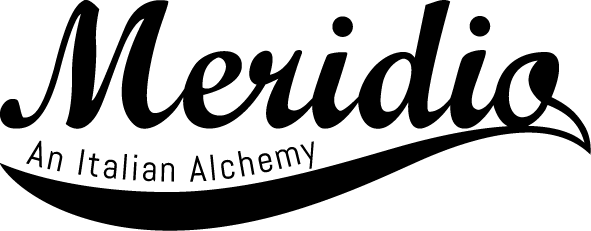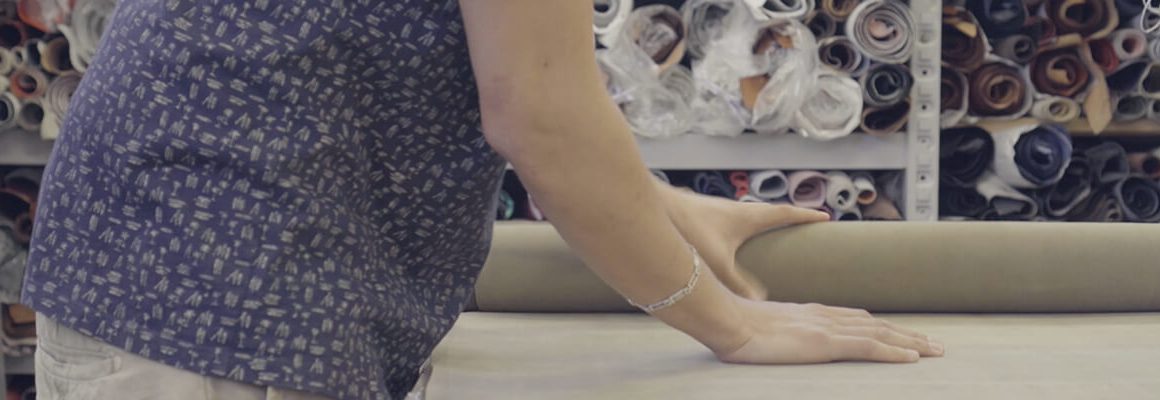Table of Contents
Leather is a natural and noble product which has been using in a wide range of human activities. Italy is home to more than 300 tanneries: modern and safe factories where leather is produced following the highest standard in quality and efficiency. There are three main districts specialized in leather manufacturing process along Italian peninsula and each of them preserve peculiar features that combine the traditional know-how of craftsmen with the most modern techniques in leather manufacturing.
Northern we meet the coexistence of small-medium tanneries with big factories that process leather especially for car upholstery and home interiors. In Central Italy we find small tanneries – most of them family businesses – that make high quality product for fashion and design. A significant niche of such a production is aimed at sole shoes manufacturing. Southern Italy tanneries are specialized in leather production for shoes and clothing accessories industry.
Now let’s see the leather processing steps to obtain a genuine and noble product: preparation and tanning.
Leather production process: Preparation
Many changes have occurred from the beginning of Nineteenth century in tanning process, changes that have considerably reduced polluting chemicals and created new methods of tanning and finishing. On the other side, in Italy, thanks to stringent standards in food industry and leather production, every batch of hides is marked with a unique number so that it’s possible to track the origin of every single hide that passes through the tanning process. Leather, in fact, is a by-product of food industry so that the raw material strictly depends on the natural condition in which animals live.
The raw material is the starting point of the leather making process and its conservation is a fundamental step to obtain the best quality leather:
- Skins are salted with common marine salt in order to eliminate as much water as possible from the skin with the aim of avoiding the natural hide degradation.
- Defrost is another method. It consists of cooling the raw material at very low temperature but it’s not so common at all in Italy.
After salty process, hides are folded and stored for up to 30 days in a warehouse.
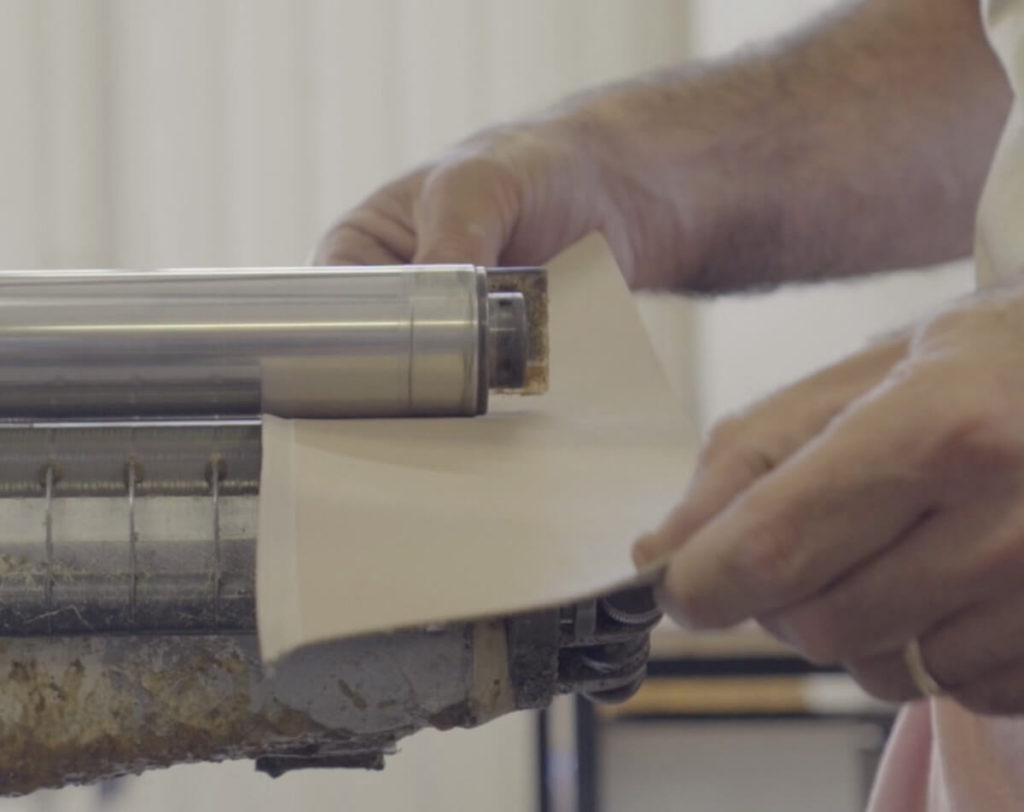
Leather making process: Tanning
By the tanning process hides become leather through three different steps that may be divided as follows:
- Soaking: hides are loaded into tanning drums full of water from several hours to several days. Water and surfactants help removing salt and dirt, while vegetables tanning agents preserve the leather as well as soften it.
IMPORTANT: In the United States and Europe tanneries are required to process and treat the water used in tanning, it is completely filtered and purified.
- Leather flashing and unhairing: subcutaneus material is removed as well as the majority of hair thanks to a lime treatment. After that hides pass through the splitting machine and are sliced into two layers: bottom portion and upper portion. The first one is used for inferior leathers, while the last one is utilized for high quality full grain leathers.
- Tanning process: it converts rawhide into leather. It can be made using natural or chemical substances. Vegetable tanning is an ancient leather making process that utilizes vegetable materials such as mimosa, chestnut, and bark. Synthetic tanning uses Chromium, while another possibility is the combination of both process to obtain a soft and durable leather.
- Sammying machine: two rollers apply high pressure to the hides to remove excess moisture. After that operators inspect hides to grade them according to their natural features and flaws.
- Drying: this can be done in various methods all of them depending on the moisture level: vacuum dried, oven dried, or air-dried.
- Dyeing: it’s a lengthy process in which hides are put into the dye drums for several hours and a cutting is taken to be sure that 100% of the dye has saturated the hides.
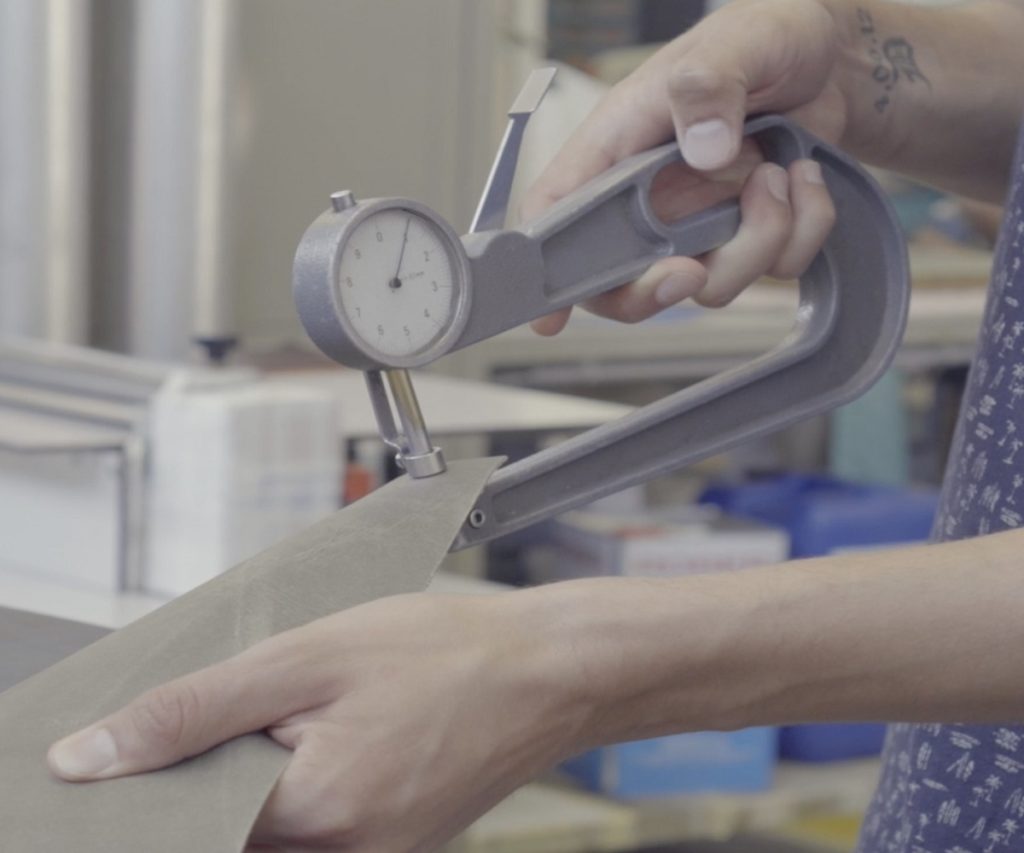
Reach certification: a safer leather production process
Reach is a regulation of the European Union, adopted to improve the protection of human health and environment from the risk posed by chemical substances. It also promotes alternative methods for the hazard assessment of substances in order to reduce the number of tests on animals.
Such a regulation is made to guarantee a continuous monitoring of the leather making process to offer customers products without any dangerous substances for their health. Such a regulation is strictly followed by Meridio to guarantee high quality Apple Watch bands: sustainable both for people and environment.
